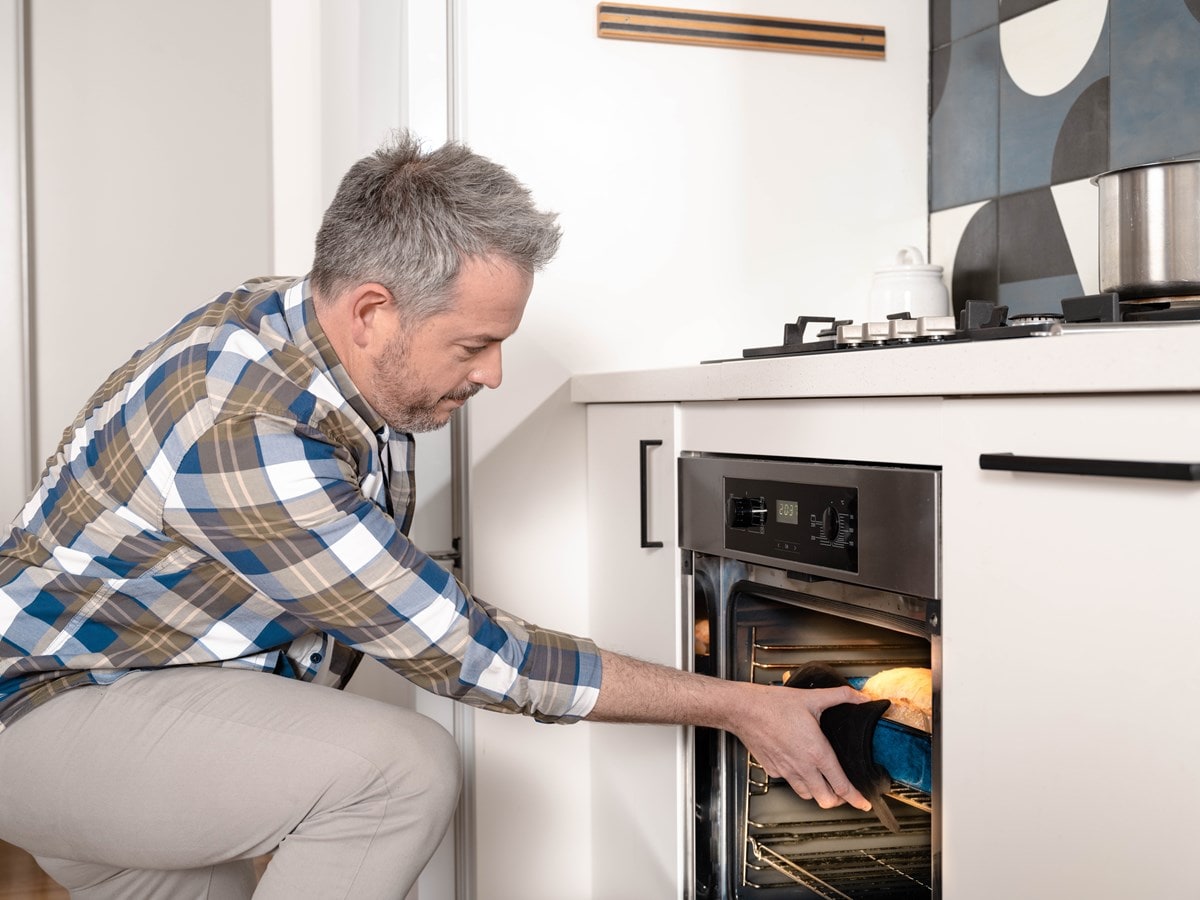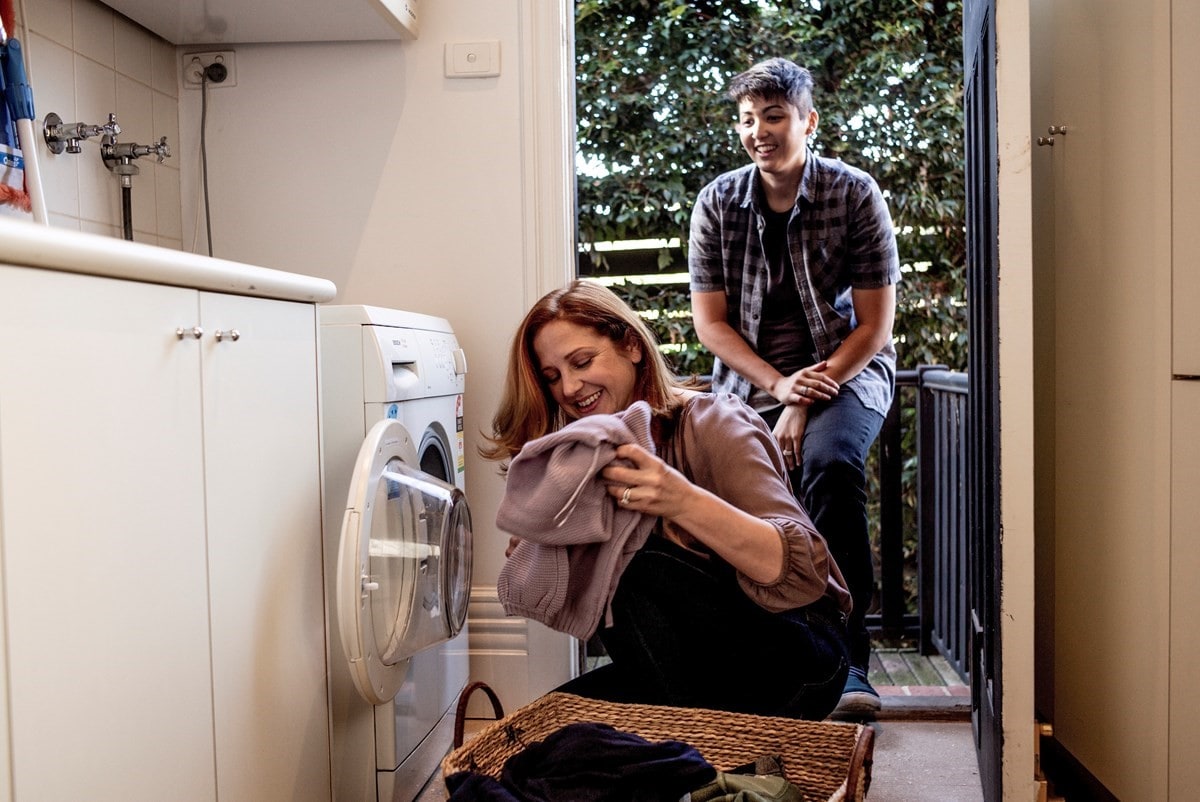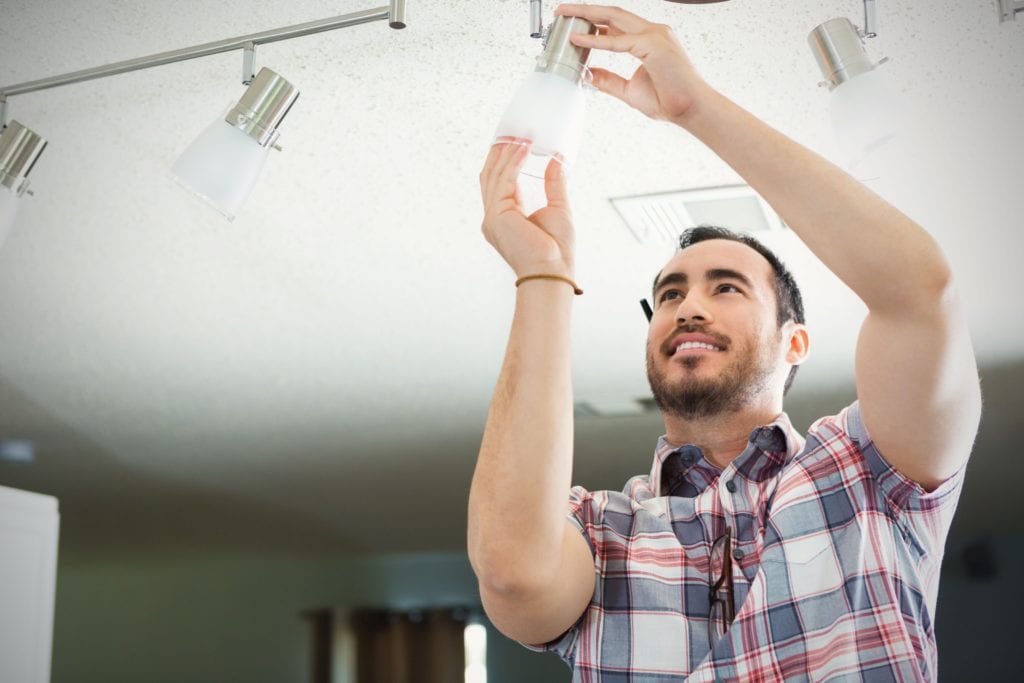When on the hunt for a new appliance like a fridge, washing machine or TV, the price tag is normally the first thing we look at – and rightfully so. But do you stop and think about how much your home's appliances will cost to run?
Whether you’re hunting around for a new appliance in-store or online, here are three questions you might ask:
- Based on the energy star rating of the models you’re looking at, how much will each one cost to run per year? Look at the kWh per year in the middle of the sticker and then multiply it by your current kWh rate on your bill.
- How many years does the manufacturer expect the appliance to last for?
- Once you add the purchase price and the costs you can expect to pay to keep it running over its lifetime, which one rates as the most affordable?
Let’s look at the four most common appliances in Aussie households.




